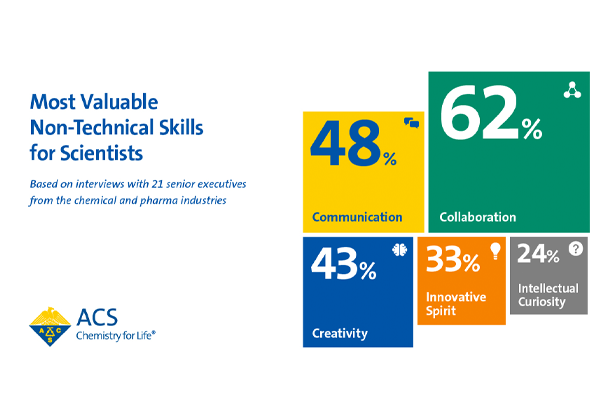
Key Takeaways:
- John Banovetz shares the mistakes he has made and how he has learned from them
- The secret to keeping the innovative spirit alive at large companies
- Banovetz shares the company he admires most
What are the non-technical skills you most highly value in scientists at 3M, and why?
At 3M, we highly value the ability to collaborate and work on a cross-functional team. This is a key component of our innovation model as inventions and technical advances rarely come from a single individual. The diversity of thought and additive power of teams helps creative new and differentiated solutions for our customers.
Please share a situation in which you got something wrong, and what you learned from it.
I’ve gotten a lot of things wrong over my career; some were technical-related and some resulted in leadership lessons. At 3M, the beauty of the organization is that you have the chance to constantly learn from those mistakes and apply your learnings to the next challenge. Often, technically, a “failure” in one area turns out to the be the key to success in another area. It’s this sharing of the good and bad outcomes across the organization that makes us stronger and more inventive in the end.
Generally speaking, when does it makes sense for a chemist aspiring to work in industry to pursue graduate school, and when does it not?
I think it makes sense to pursue graduate school anytime the chemist is looking to learn how to do research and dive deeply into a problem. Graduate school provides the opportunity to explore a topic, deepen your learning and develop as a scientist. Graduate school isn’t for everybody, though, and it’s as much a personal decision as a professional decision.
What is the secret to keeping the innovative spirit alive at a large company like 3M?
Our 15% culture – the idea that any employee can spend up to 15% of his or her time pursing an idea of his or her own – is a big part of keeping the innovative spirit alive at 3M. It encourages innovation and entrepreneurism within our R&D community and acts as a great collaboration tool as well. In addition, our Tech Forum, a grassroots technical organization, encourages the exchange of ideas and interactions across the company and does a great job of bringing our global R&D community together.
Your employer aside, what company do you most admire, and why?
As a lifelong sports fan, it’s hard not to admire the continued excellence of the New England Patriots (even as a fan of the Minnesota Vikings). The ability to compete at such a high level over a long period of time at the highest level of competition and in one of the most team-oriented sports is incredible. In terms of companies, I’m constantly amazed at companies like Microsoft and AWS and the speed at which they evolve and innovate over time.
Twenty years from now, will Post-it Notes still be in use?
Of course!! The Post-It™ really is about easy and clear communication, something that is always needed. I would fully expect that we’ll continue to innovate, even with Post-It™ Notes. In fact, just last year, we launched a new version called Extreme Notes that are specifically designed for non-office applications like construction sites and restaurants. The spirit of innovation doesn’t stop at 3M!

As Chief Technology Officer and Senior Vice President of Research and Development, Dr. John Banovetz leads more than 8,000 scientists who connect 3M’s 46 technology platforms to solve the real-world needs of customers around the world. In this role, he leverages his many years of experience as both a technology and business leader.
This article has been edited for length and clarity. The opinions expressed in this article are the author's own and do not necessarily reflect the view of their employer or the American Chemical Society.
Copyright 2019 American Chemical Society (All Rights Reserved)








